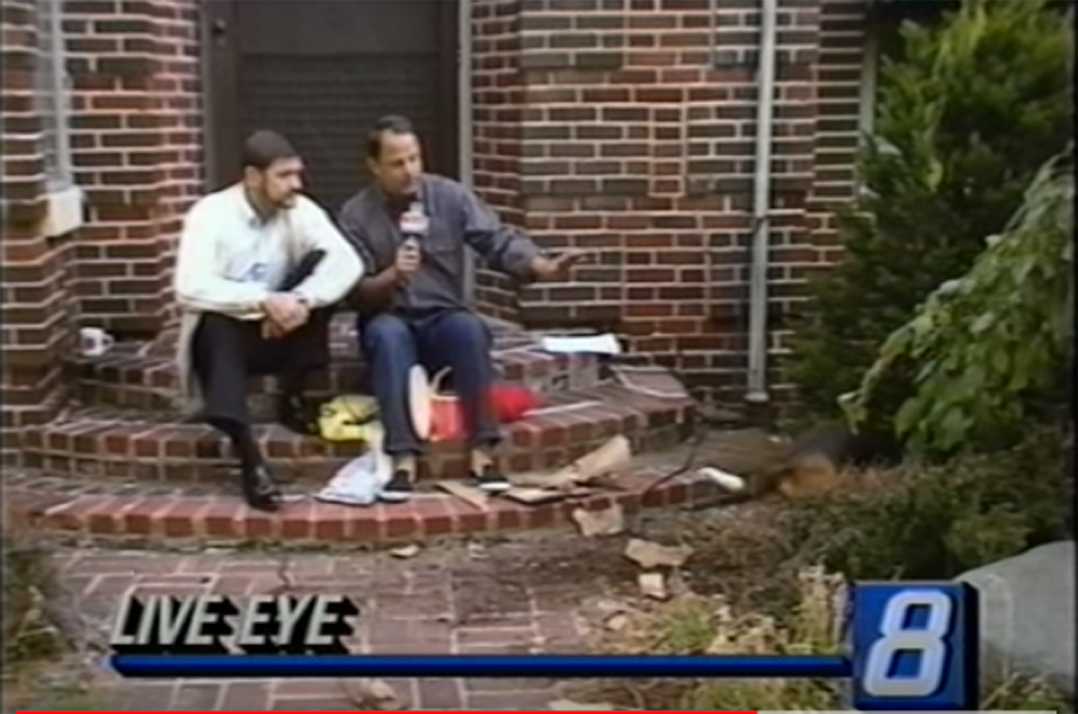Dog’s best friend has died. Indianapolis veterinarian Gary Sampson, for almost 20 years, helped pet owners all across the tri-state area deal with miscreant dogs and cats that frustrated, baffled and even terrorized their owners. Veterinarians who were either stumped by a particular problem or hadn’t the time to deal with it referred to Dr. Sampson.
Dr. Sampson never met a dog he didn’t like. Truth is, he seldom even met most of the animals he treated. His business model was based on a detailed questionnaire filled out by the owner, followed by a lengthy phone conversation. His philosophy was simple: If your dog is doing bad things, you have to change your behavior. Put simply, the human was his patient.
A veterinary researcher at Eli Lilly for many years, Dr. Sampson devoted his second career to pet behavior beginning in 1991. I also made a career change in 1990, going to work as a morning feature reporter for Channel 8. Just months into my new job, a little beagle puppy was found on my doorstep in the dead of winter. At my wife Mary Ellen’s insistence, I took him to work with me. He was too destructive to leave unattended at home.
Barney became an instant celebrity, televised on locations with me. Viewers fell in love with the pooch because of his inquisitive, renegade nature. There wasn’t a morning where he wasn’t in some serious trouble, either digging, howling, chewing or running away.
Dr. Sampson had been watching these early morning antics and felt compelled to contact me and offer his professional guidance. Of course, getting Barney to behave was the last thing I wanted. The hound’s popularity was based on mischievousness. As Dr. Sampson told me once, “Beagles will love you to death, but they can also be the death of you.” Another local dog-obedience expert told me, “I guarantee our work – unless it’s a beagle.”
After administering a few disciplinary lessons to Barney, Dr. Sampson agreed (reluctantly) to do a live broadcast from my front porch at 5 a.m. one morning to outline the progress Barney had made. Remember, Barney’s reprobate behavior was crucial to my success on TV. But I needn’t have worried.
Dr. Sampson began a detailed analysis of how digging instincts can be curtailed in canines, but he was soon interrupted by the constant cascading of dirt as Barney dug up all three rose bushes adjacent to our front steps. Our second half of the segment was to be about relentless chewing, but we never got to it because during a commercial break, Barney managed to gnaw his way through the microphone cord (you can see this on YouTube youtube.com/watch?v=E16fAOY03mg).
Dr. Sampson and I soon decided that the doctor’s files — which contained thousands of cases that he actually did solve — would make a great book or two. Of course, we changed the names of the dogs to protect the guilty.
For the next six months, Dr. Sampson and I spent hours on the phone each day while he recounted one quirky story after another, each a problem of serious concern to the owner, but to me as the writer, well, most of them were pretty darn funny. Like the cat who guarded all the litter boxes so the other cats couldn’t pee, or the dog who was afraid to go outside the house. Why? Dr. Sampson finally figured out the little guy was being pecked on the head by a blue jay.
So, thanks to Dr. Sampson for allowing so many pet owners to finally say in earnest, “Who’s a good dog?” Of course, his human clients never questioned who’s a good doctor.



